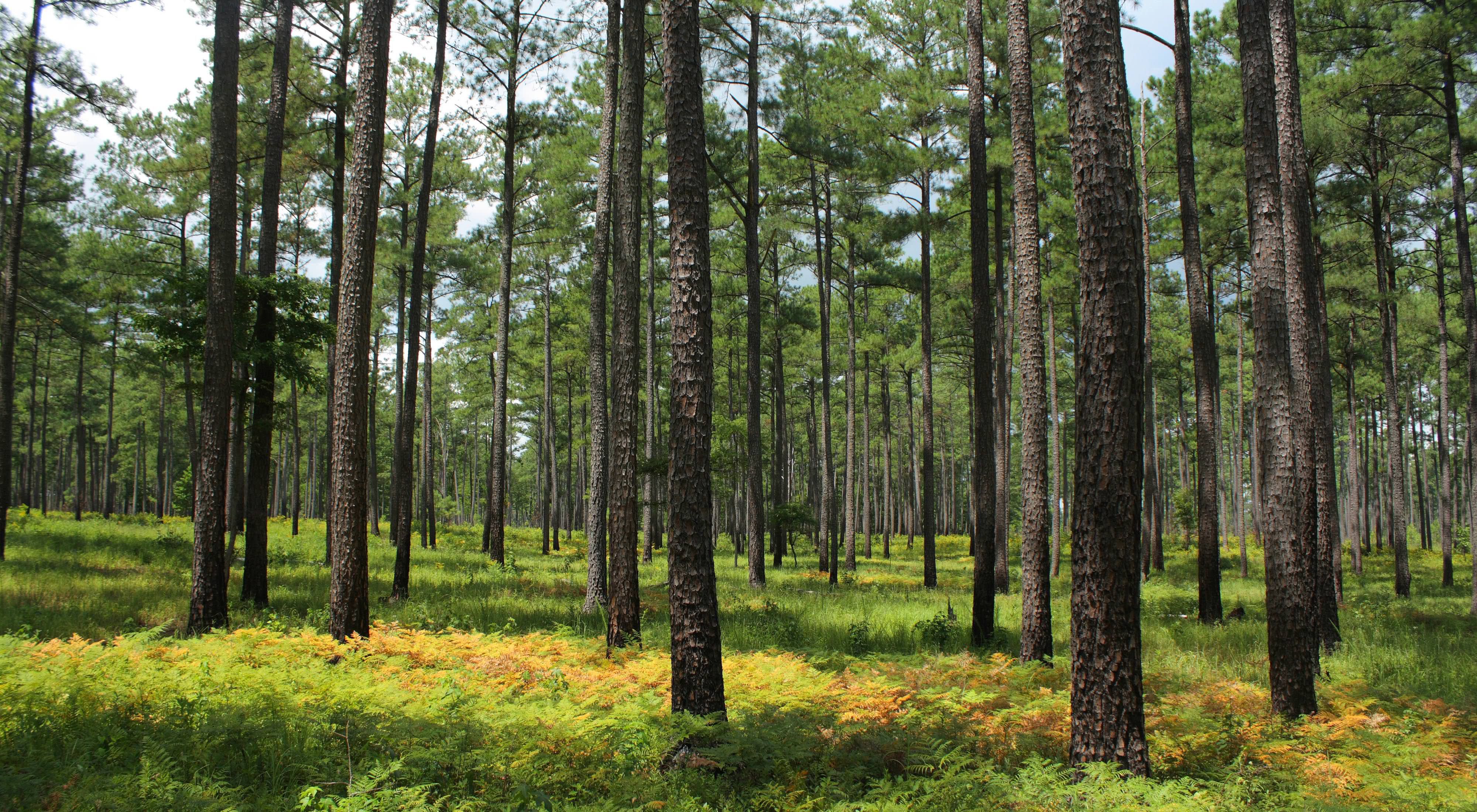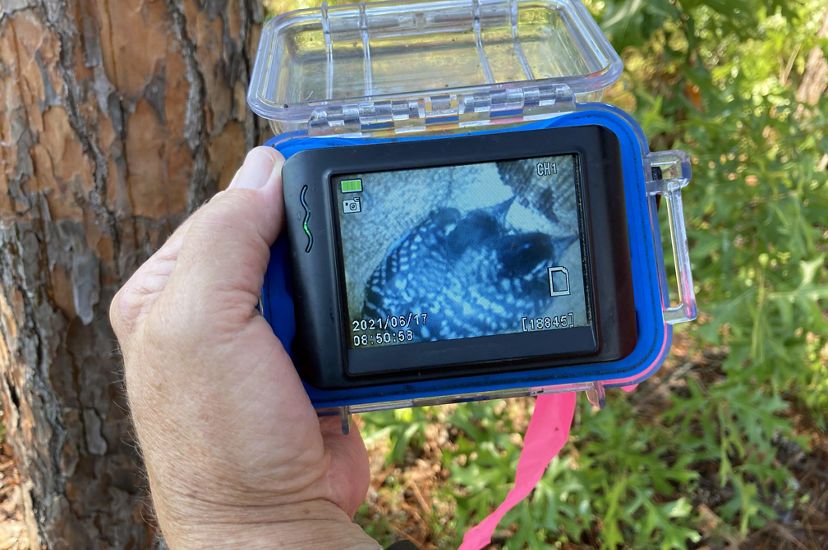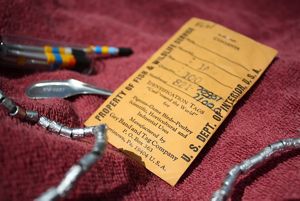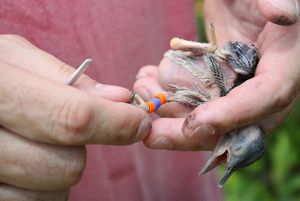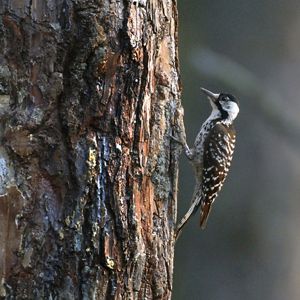Restoring a Pine Savanna
At Piney Grove and all along the Virginia Pinelands, we work to conserve southeastern Virginia’s historic loblolly and longleaf pine forests and the variety of life they support.
Protecting and restoring Piney Grove's special resources require active management. To maintain and expand the pine-savanna habitat upon which the red-cockaded woodpecker and myriad other species depend, we conduct frequent prescribed burns. Our science staff works closely with state and federal agencies and highly trained volunteers to implement safe, effective fire management.
TNC acquired the first tract for the preserve in 1998 from the Hancock Timber Resource Group, and several additional purchases brought Piney Grove to its current size.
Beginning in 2001, red-cockaded woodpeckers captured from stable populations in the Carolinas were released at Piney Grove to boost the number of breeding colonies.
Biologists from the Center for Conservation Biology have documented modern-day highs at Piney Grove for the numbers of breeding pairs and fledglings. Approximately 70 red-cockaded woodpeckers now call Piney Grove home.
In 2019, Piney Grove's woodpeckers reached another milestone. In only sixteen years, the population had grown large enough—and stable enough—to help support a new colony at Great Dismal Swamp National Wildlife Refuge.
A single pair of hatch-year birds, including a male and female, were moved from Piney Grove to Great Dismal during the falls of 2017, 2018 and 2019. In September 2020, TNC and partners translocated two pairs of woodpeckers, bringing the total transfer to ten individuals to date.
Intensive habitat management by Virginia's Department of Wildlife Resources at neighboring Big Woods Wildlife Management Area has also been paying dividends for RCW recovery.
In 2017, DWR and TNC biologists discovered a banded male RCW with an active cavity on Big Woods WMA; the bird had originated from the Piney Grove population. This was the first documented occurrence of an individual or cavity on the WMA, demonstrating that DWR’s restoration efforts were making a difference and Piney Grove’s woodpeckers were finding the expanded habitat they need—even ahead of the timeline DWR biologists expected. By January 2023, it’s estimated that between five and seven RCWs are using the Big Woods habitat.
Taken together, these milestones in the recovery of this species in Virginia is a sign that investment in aggressive management during the early 2000s is paying off.
